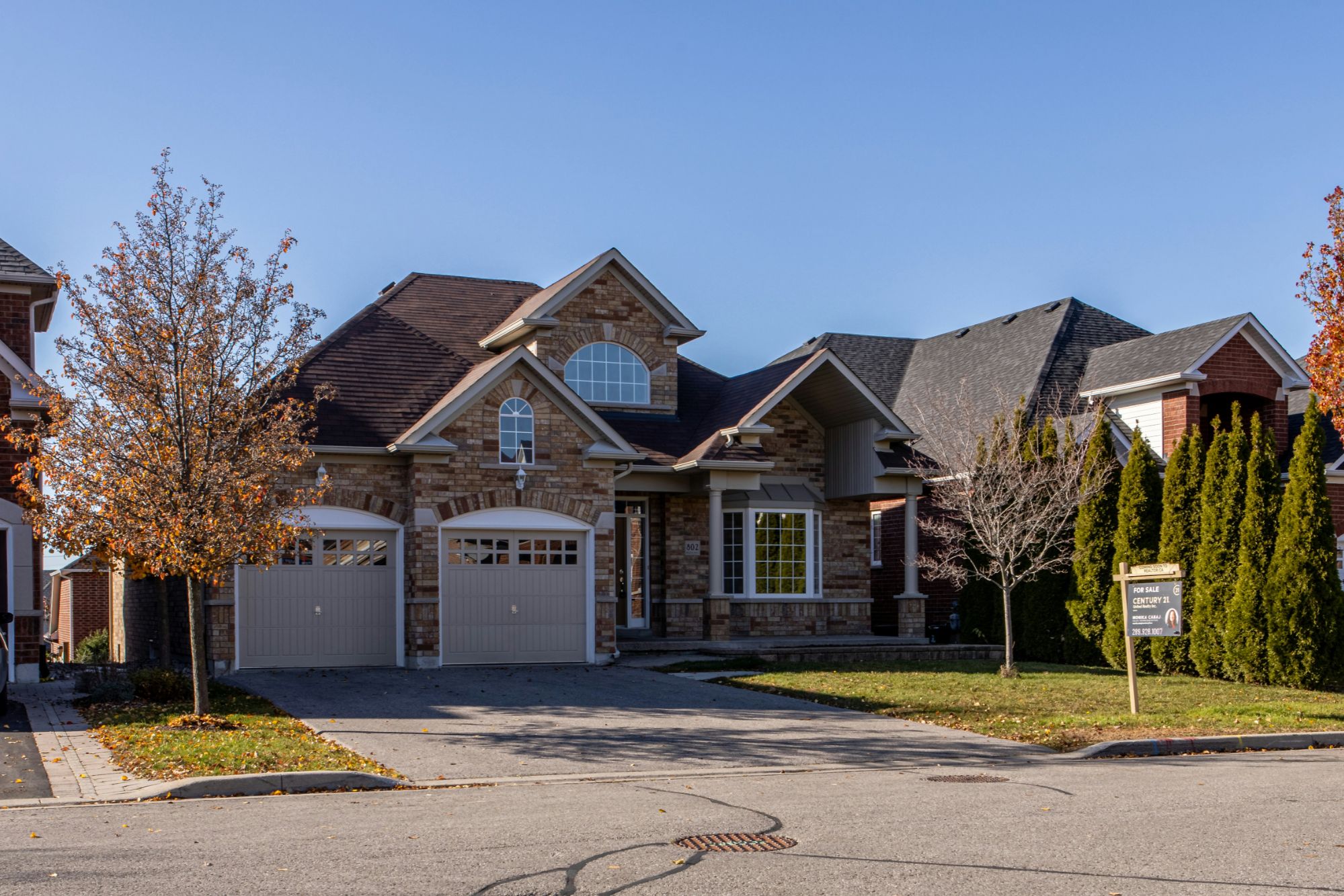Blog > Ready to purchase your first home?

The journey to homeownership is an exciting and transformative experience, but it can also feel overwhelming without the right guidance and preparation. Whether you're a first-time buyer or looking to upgrade your current living situation, there are several key steps to ensure a smooth and successful home buying process. In this blog, we'll cover essential topics such as mortgage pre-approval, finding the right real estate agent, deciding on the best neighborhoods, and creating your wishlist.
Mortgage Pre-Approval
Before you start visiting open houses or browsing online listings, it's crucial to understand your financial standing. Mortgage pre-approval is the first step in this direction. This process involves a lender evaluating your creditworthiness and determining how much they are willing to lend you. Having a mortgage pre-approval letter not only gives you a clear budget but also makes you a more attractive buyer to sellers. It shows that you are serious and financially prepared to make an offer.
To get pre-approved, you'll need to provide your lender with various financial documents such as tax returns, pay stubs, and bank statements. The lender will also check your credit score and debt-to-income ratio. Once pre-approved, you'll have a better understanding of what you can afford, which will help narrow down your home search.
Finding the Right Real Estate Agent
A knowledgeable and experienced real estate agent can be an invaluable asset in your home buying journey. They have deep insights into the local market, access to exclusive listings, and strong negotiation skills that can save you time and money. When selecting an agent, look for someone who understands your needs and has a proven track record of helping buyers in your desired area.
Start by asking for recommendations from friends or family members who have recently purchased homes. You can also read online reviews and interview multiple agents before making your decision. A good agent will listen to your preferences, provide honest advice, and guide you through each step of the process.
Deciding on the Areas
Choosing the right neighborhood is just as important as choosing the right home. Consider factors such as proximity to work, schools, amenities, public transportation, and overall safety when evaluating different areas. Spend some time exploring potential neighborhoods at different times of day to get a feel for the community vibe.
If you have children or plan to start a family in the future, researching school districts should be high on your priority list. Even if schools are not currently important to you, being in a reputable school district can positively impact your home's resale value.
Creating Your Wishlist
Before diving into property viewings, take some time to create a detailed wishlist of what you're looking for in a home. This list should include must-have features (e.g., number of bedrooms/bathrooms) as well as nice-to-have amenities (e.g., a backyard or updated kitchen). Be realistic about what you can afford within your budget while still aiming for features that will enhance your lifestyle.
Share this wishlist with your real estate agent so they can better tailor their search efforts to meet your needs. Keep in mind that while it's important to have criteria, flexibility is also key—sometimes compromising on one aspect might lead you to discover unexpected benefits in another area.
In conclusion, buying a home involves several critical steps that require careful planning and consideration. By securing mortgage pre-approval, partnering with the right real estate agent, thoroughly researching neighborhoods, and clearly defining your wishlist, you'll be well on your way to finding the perfect place to call home. Happy house hunting!

GET MORE INFORMATION


